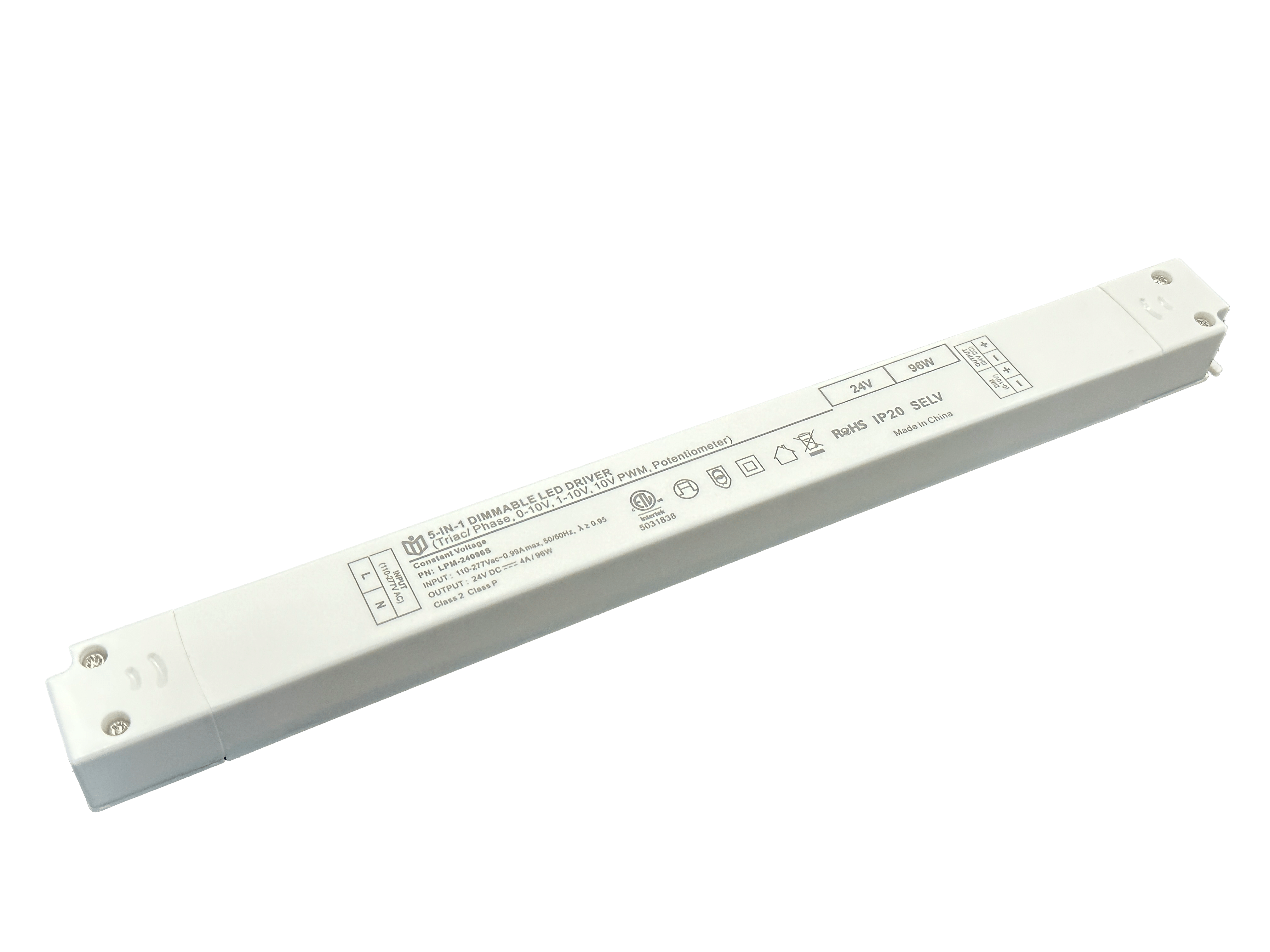Energy-Saving Pioneers for Data Centers—TRIAC Dimming Power Supplies Reduce Operational Costs
The relentless growth of digital infrastructure has positioned data centers as major consumers of global electricity supplies. With annual energy bills often exceeding equipment depreciation costs, facility managers face urgent pressure to adopt innovative solutions without compromising system reliability. Enter TRIAC dimming technology—a breakthrough in power management that dynamically adjusts voltage levels based on real-time workload demands. Unlike traditional switch-mode power supplies locked at fixed output levels, these intelligent systems operate like automated dimmer switches for electrical currents, slashing idle power consumption by up to 30% during low-utilization periods.
How TRIAC Dimming Works
At its core lies thyristor-controlled phase angle modulation, which precisely regulates AC waveform delivery to IT equipment. When servers experience lighter processing loads (such as overnight batch jobs or seasonal traffic dips), the system automatically reduces input voltage while maintaining stable DC output rails. This granular control eliminates "overhead" energy waste common in conventional setups where full-power delivery continues regardless of actual needs. Advanced models integrate with DCIM platforms to forecast usage patterns, enabling proactive rather than reactive adjustments across entire server fleets.
Tangible Cost Reduction Mechanisms
Three primary channels drive savings: First, lower peak demand charges from utilities translate directly into monthly bill reductions—typical deployments see 15–25% decreases in kilowatt-hour expenditures. Second, extended hardware lifespan occurs because components endure less thermal stress from optimized power profiles. Third, carbon credit incentives become accessible when facilities document measurable PUE improvements using ISO/IEC standards. Case studies from hyperscale operators report combined annual savings exceeding $800k per megawatt deployed.

Environmental & Compliance Advantages
Beyond financial benefits, TRIAC systems align perfectly with ESG mandates. Facilities achieve Tier III+ certification more easily through improved power usage effectiveness (PUE) ratios averaging 1.15–1.25 versus industry averages nearing 1.6. The technology also supports renewable integration by smoothing grid interactions when paired with onsite solar arrays or BESS storage systems. Regulatory bodies increasingly recognize such adaptive architectures in green building certification programs like LEED v4.1.
Implementation Roadmap
Successful adoption requires three phased steps: Audit existing load profiles using submetering tools to identify conservation opportunities; pilot deployment on non-critical systems to validate performance claims; then scale incrementally while monitoring SLA compliance. Leading vendors offer retrofit kits compatible with legacy rack PDUs, minimizing CapEx barriers. Training programs ensure NOC teams understand new monitoring dashboards showing real-time CO₂ offset metrics alongside traditional uptime KPIs.
Future Horizons
As AI workloads create unpredictable spike patterns, next-gen TRIAC controllers will incorporate machine learning algorithms predicting surge events milliseconds before they occur. Emerging standards like OpenBMC may soon mandate variable-speed fan curves synchronized with power delivery adjustments, creating fully autonomous microgrid ecosystems within data hall environments. Early adopters already test hybrid topologies combining silicon carbide semiconductors with phase control for even greater efficiency gains beyond current limits.
 In heritage architecture prote
In heritage architecture prote
 When small-batch customization
When small-batch customization
 Have the electromagnetic emiss
Have the electromagnetic emiss
 When Triac dimmable power supp
When Triac dimmable power supp
